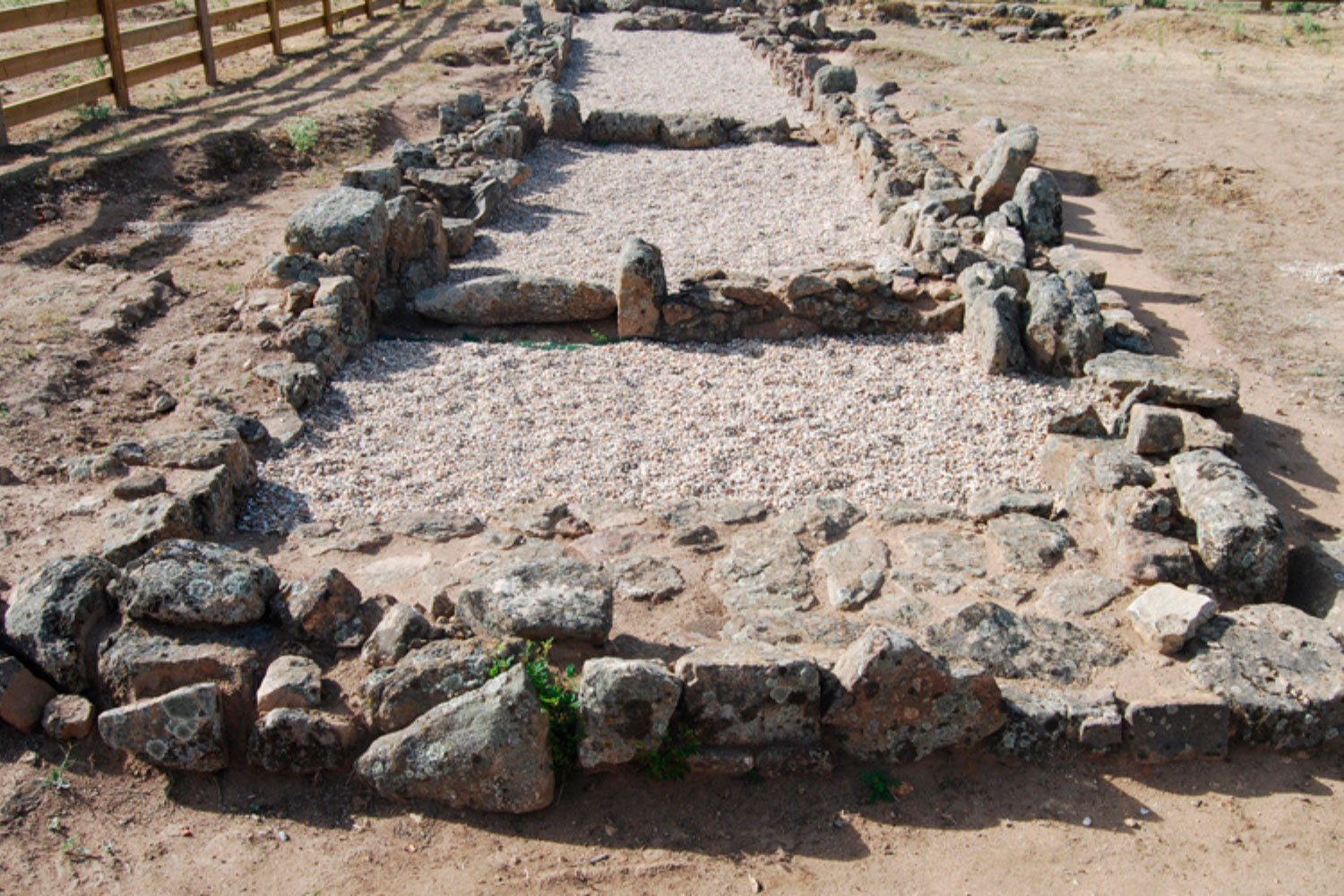
- Discover Madrid
- To see and do
- For you
- Accommodation
- Plan your Trip
- Professionals

Things to do in madrid
iconic places in madrid
Itineraries in Madrid
sights in madrid
top attractions in madrid
museums in Madrid
Tourism in Madrid

The Region of Madrid has numerous visitable sites from different historical periods that can be discovered through short routes that allow you to enjoy the gastronomic, heritage and archaeological richness of the area.
Route 1 "Between mountains": We start our tour in Colmenar Viejo in the Visigoth sites of Navalvillar and Navalahija, an area dedicated to iron metallurgy. After these sites, we find the Visigoth necropolis of Los Remedios and the site of Rebollar. If we continue to Cercedilla, we can discover the historical path of the Fuenfría Valley and continue to San Lorenzo de El Escorial / El Escorial, a World Heritage Site. In the municipality of Hoyo de Manzanares, we can visit another Visigoth settlement, La Cabilda.
Route 2 "The hidden valley": On the way to Buitrago del Lozoya, we find the medieval necropolis of Sieteiglesias, and some remains of military architecture of the Civil War as El frente del Agua (Paredes de Buitrago). We head to Rascafría, to visit the baroque Royal Monastery of Santa María de El Paular and buy a delicious locally made chocolate. Nearby is the Valley of the Neanderthals, which offers guided tours of the sites. Back to the capital, it is worth a stop at the Talamanca del Jarama, which preserves a Roman bridge, to see evidence of the Muslim past of the region.
Route 3 "Ave Complutum!": The essential visit to get to know the Roman Madrid is the city of Complutum (Alcalá de Henares), founded in the first century BC. On the outskirts, we find the House of Hippolytus, with a spectacular mosaic that gives it its name and the visitable site of El Encín. We move forward in time with the Islamic fortress of Alcalá la Vieja. This enclave is perfect to enjoy the famous tapas offered by the city and go into the narrow streets and Renaissance monuments of this town, declared a World Heritage Site by UNESCO. In addition, the Regional Archaeological Museum of the Region of Madrid, the Antiquarium and the Archaeological Walk of the Archbishop's Palace in the walled enclosure of the city of Alcalá de Henares are a must.
Route 4 "Wine and history": In the southwest of the Region we can also find some vestiges from Madrid history and we can also look at some of the wineries where wines with designation of origin of the Region of Madrid rest. The castle of Navas del Rey, takes us back to the time of the reconquest and, near there, in Cadalso de los Vidrios we can visit the Mudejar church and the necropolis of "La Mezquita". "La Mezquita". Also, it is highly recommended to visit the bunker built at the end of the Civil War Blockhaus 13(Colmenar del Arroyo) is highly recommended, and the Piedra Escrita (Cenicientos), a cave sanctuary carved in granite. On the way back, it is worth making a stop in Villaviciosa de Odón, to see the Calatalifa Castle.
Route 5 "Land of Castles": We head towards Villarejo de Salvanés, where we will find the imposing keep of its castle, which houses the Museum of the Spanish Thirds. On the way, we can visit The Carpetan habitat of Miralrío (Rivas-Vaciamadrid) and the Ulpiano Checa Museum (Colmenar de Oreja). In Chinchón, its Plaza Mayor, its castle, its gastronomy, its idyll with the cinema or its famous aniseed justifies the visit. In addition, a visit to Arqueopinto, a didactic space of recreation of the archeology of Madrid for adults, families and children, is a must.
Route 6 "From Mayrit to heaven": If we delve into the medieval history of Madrid (Mayrit), we can discover a city full of fascinating archaeological sites. As we ride the subway, we will observe vestiges of the past. At Sol Station, we will come across the foundations of the ancient Church of Buen Suceso, and at Opera Station, we will be surprised by the remains of the Plazuela de los Caños del Peral. In Madrid, we also find the Temple of Debod, the National Archaeological Museum and the Museum of San Isidro.
More information: Tourist guide through the archeology of Madrid
Image: ©Visigoth sites of Navalvillar from www.madrid.org